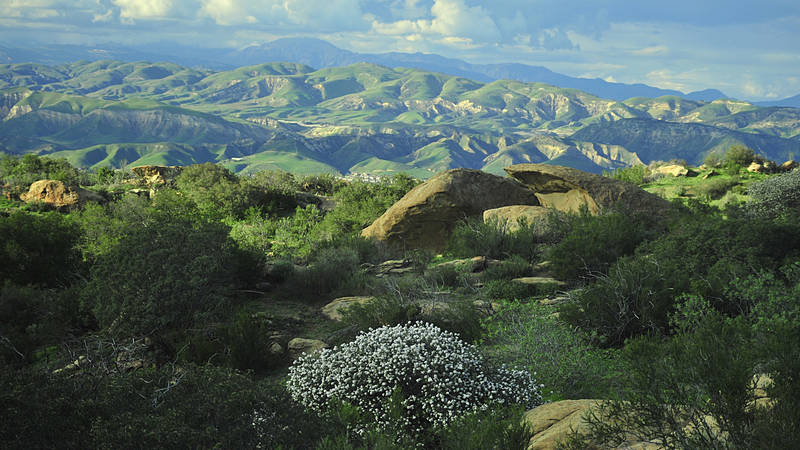A Healthy Advantage
The Lower Rio Grande Valley (LRGV) Active Plan is a blueprint for a 428-mile trail network that will link the rich natural, cultural and historical resources of the Lower Rio Grande Valley.
In the Lower Rio Grande Valley (LRGV) — the southernmost part of Texas — public lands and private sanctuaries anchor a landscape rich in natural, cultural and historical resources. Palo Alto Battlefield National Historical Park, Laguna Atascosa National Wildlife Refuge, Resaca de la Palma State Park and World Birding Center, and Sabal Palm Sanctuary protect more than 100,000 acres of semi-tropical habitat, interpret battle sites from the Mexican-American War, and provide dozens of miles of trail and other outdoor recreation and education facilities.
NPCA is working with partners in the LRGV to educate, engage, and empower the valley’s predominantly low-income, Hispanic local communities to use and support the national park and other public lands in their backyards, engage in healthy outdoor activity, and boost sustainable tourism.
The adoption of the The LRGV Active Plan is an important milestone in this direction. The plan is a blueprint for a 428-mile trail network that will link the rich natural, cultural and historical resources of the Lower Rio Grande Valley. The LRGV Active Plan integrates active transportation and active tourism development to help communities and businesses maximize the economic benefits of the area’s recreational, natural, cultural, and historic resources. The program springs from, and aims to build, regional cooperation and to strengthen connections between the region’s active tourism assets and the cities and towns they serve.
NPCA partnered with The Harbinger Consultancy, University of Texas Rio Grande Valley, and University of Texas School of Public Health to complete a study of the likely economic benefits from trail construction, trail-related tourism and increased outdoor recreation among local residents. Download the study from the links on this page.
The study expanded our engagement to include more business owners, economic development and municipal officials, and community health workers. NPCA continues its work in the region, collaborating with local officials, public lands managers, Rails to Trails Conservancy, and a broad array of community partners to support implantation of The Active Plan and engage a growing partnership in protecting Palo Alto Battlefield NHP and better connecting it to communities across the valley and other anchor public lands.
-
General
-
- NPCA Region:
- Texas
-
-
Issues


